This morning Jackie and I drove to our annual pilgrimage to Boldre’s
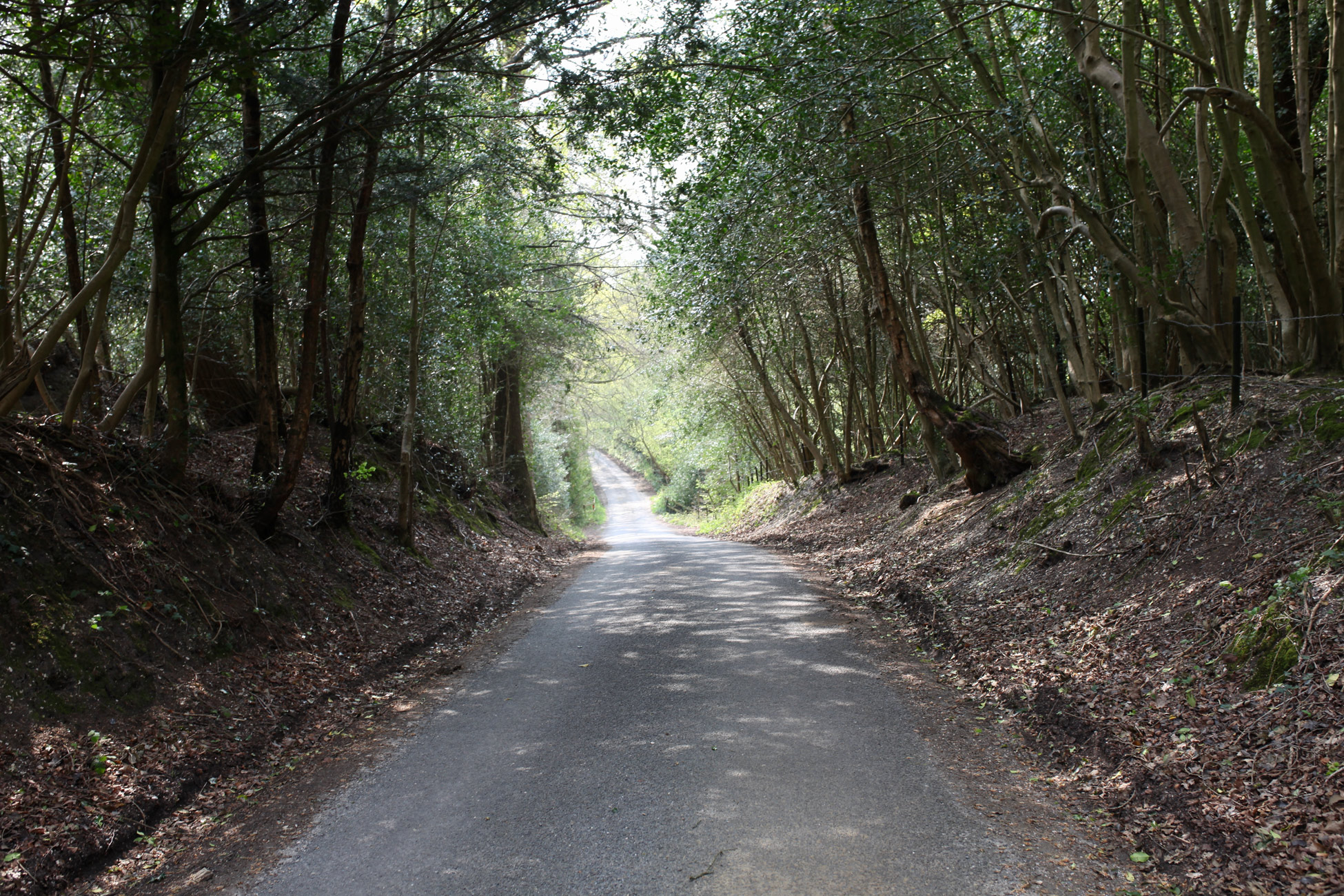
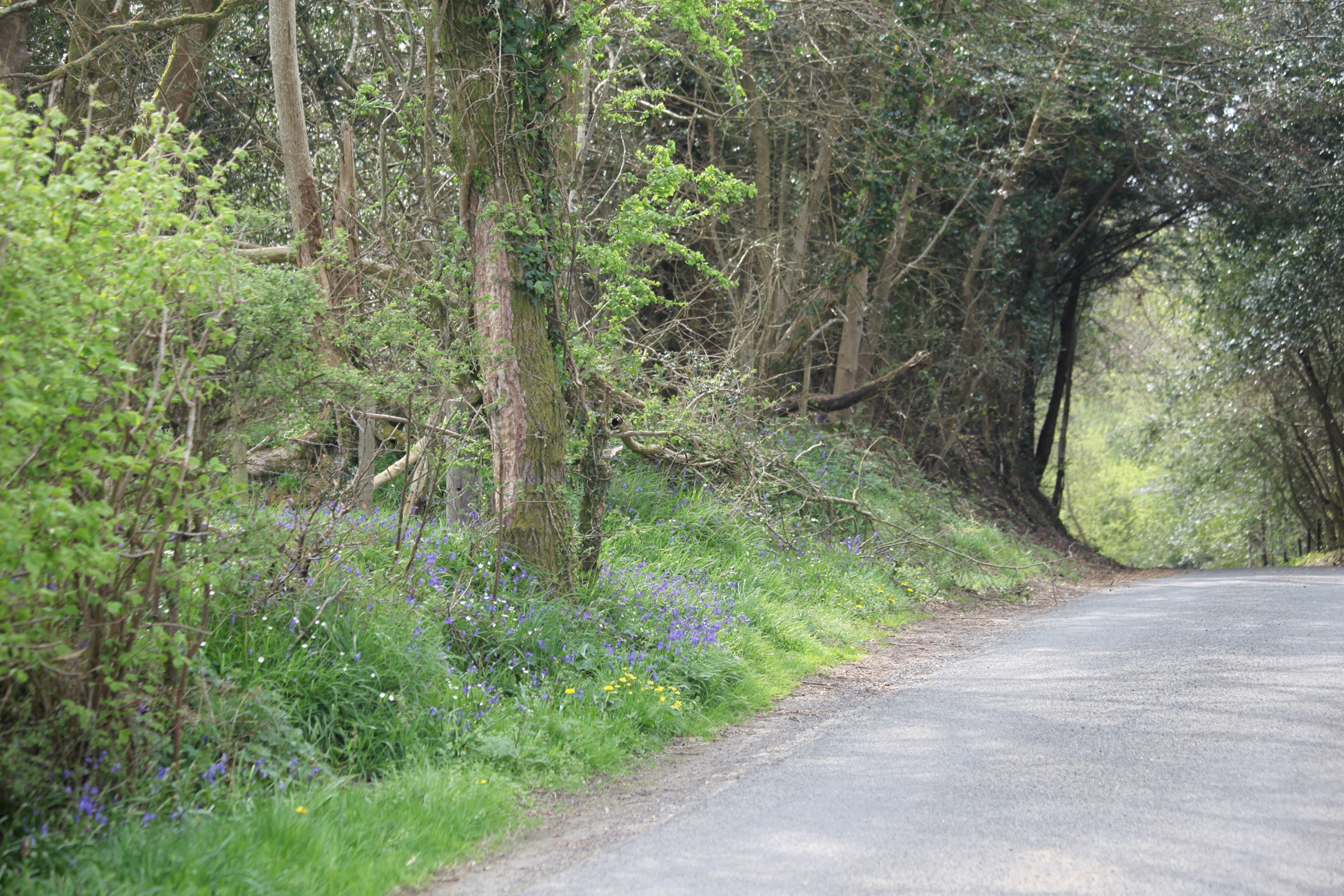

Church Lane, with its high ancient hedgerows and its

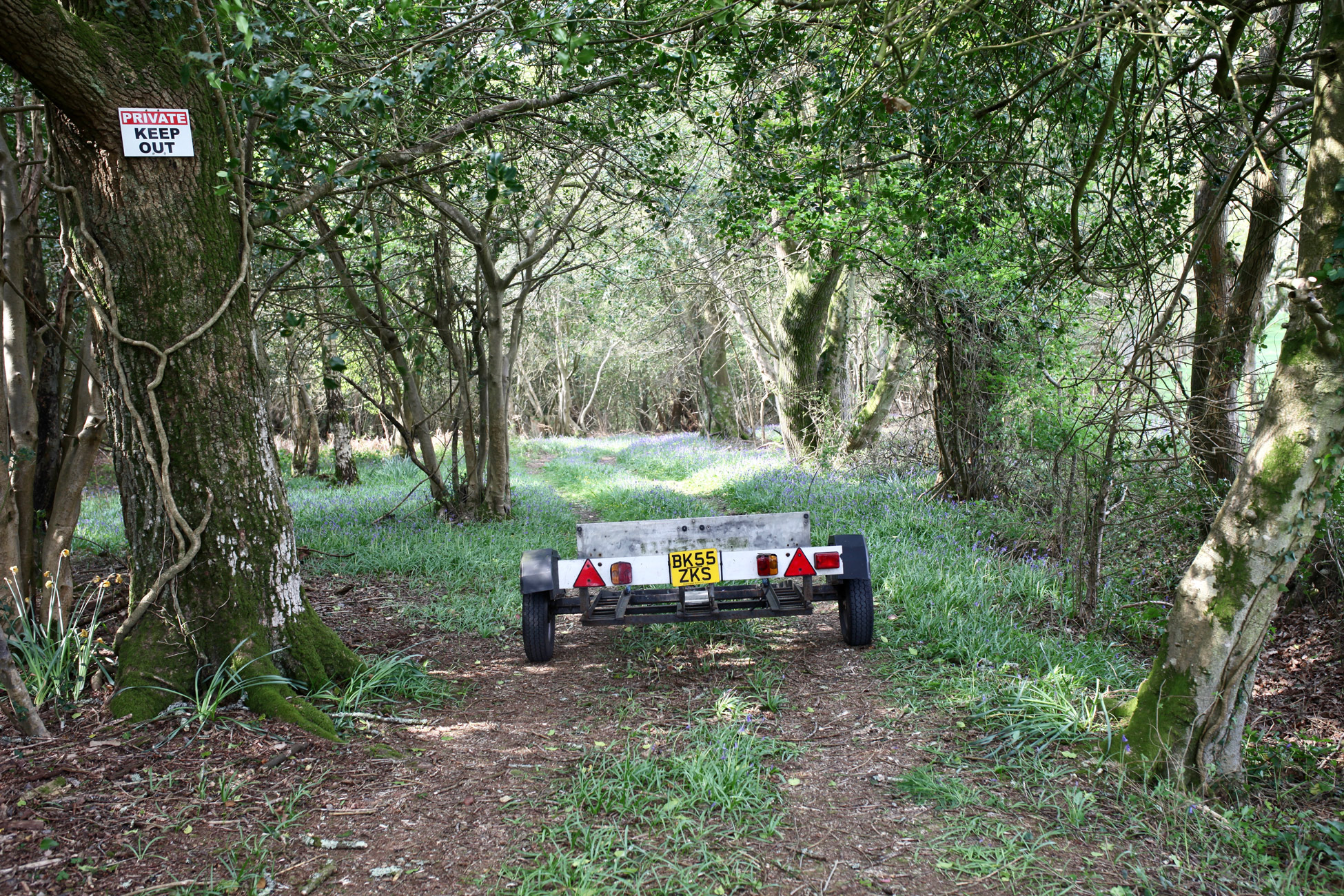
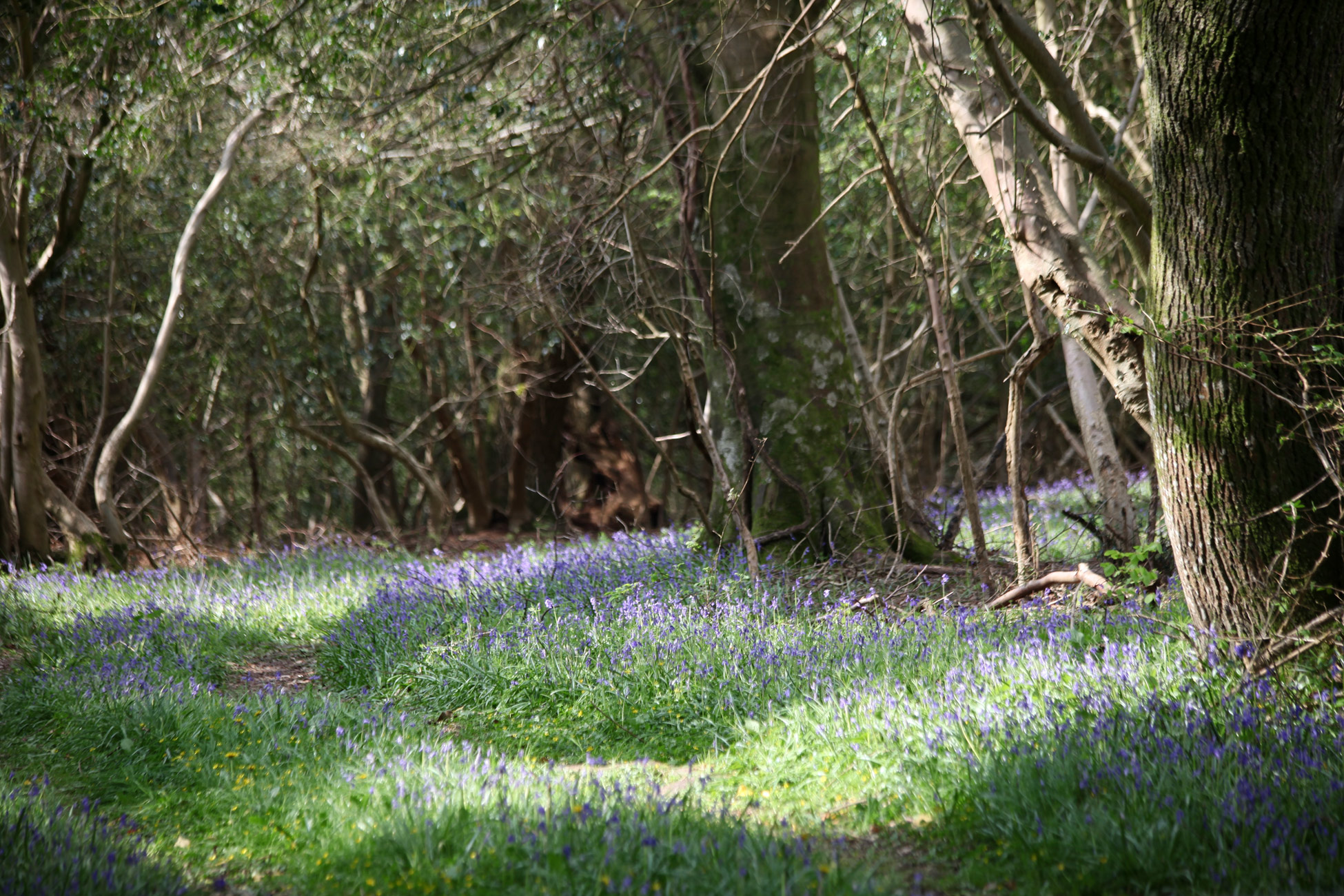

private bluebell woods.

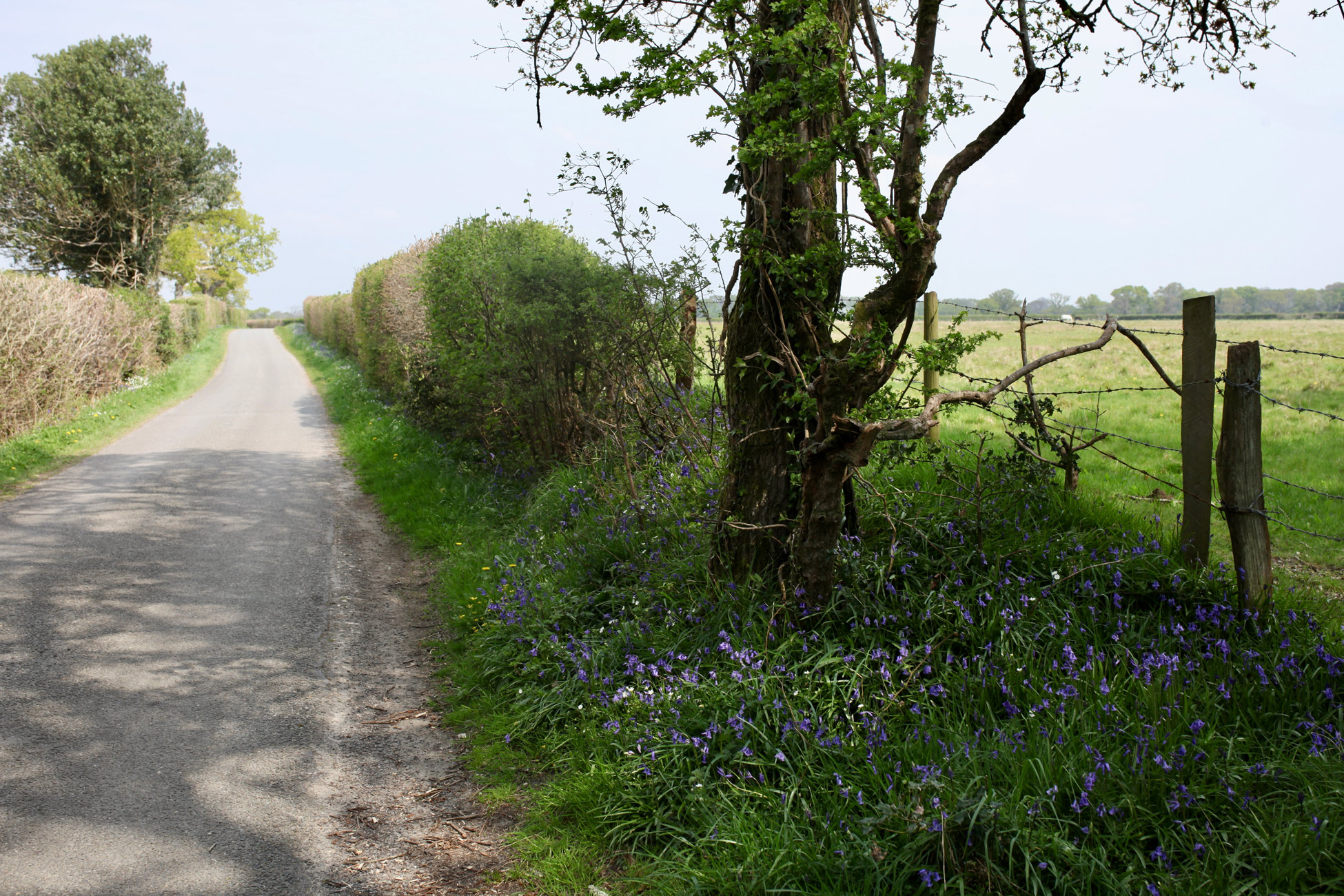



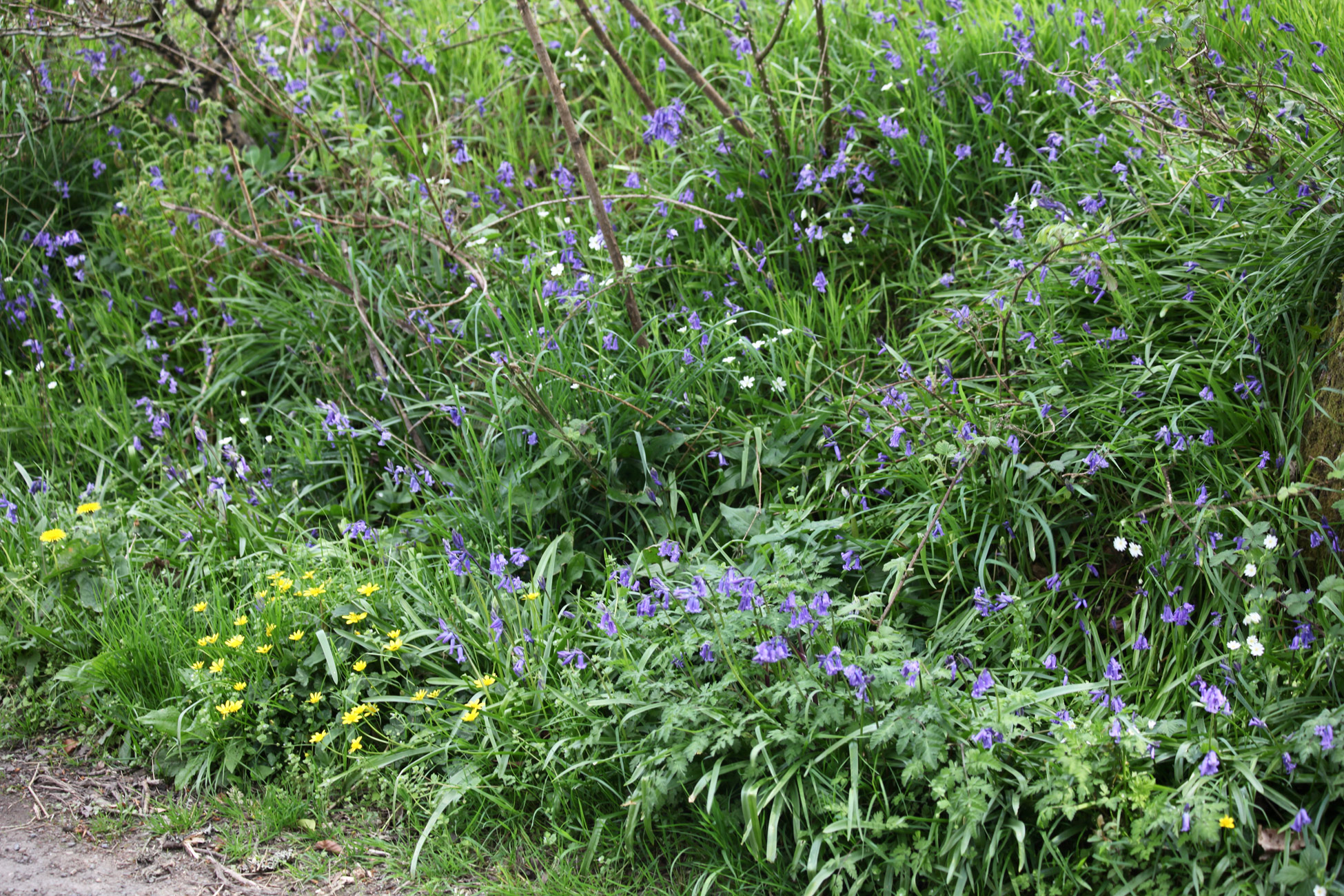
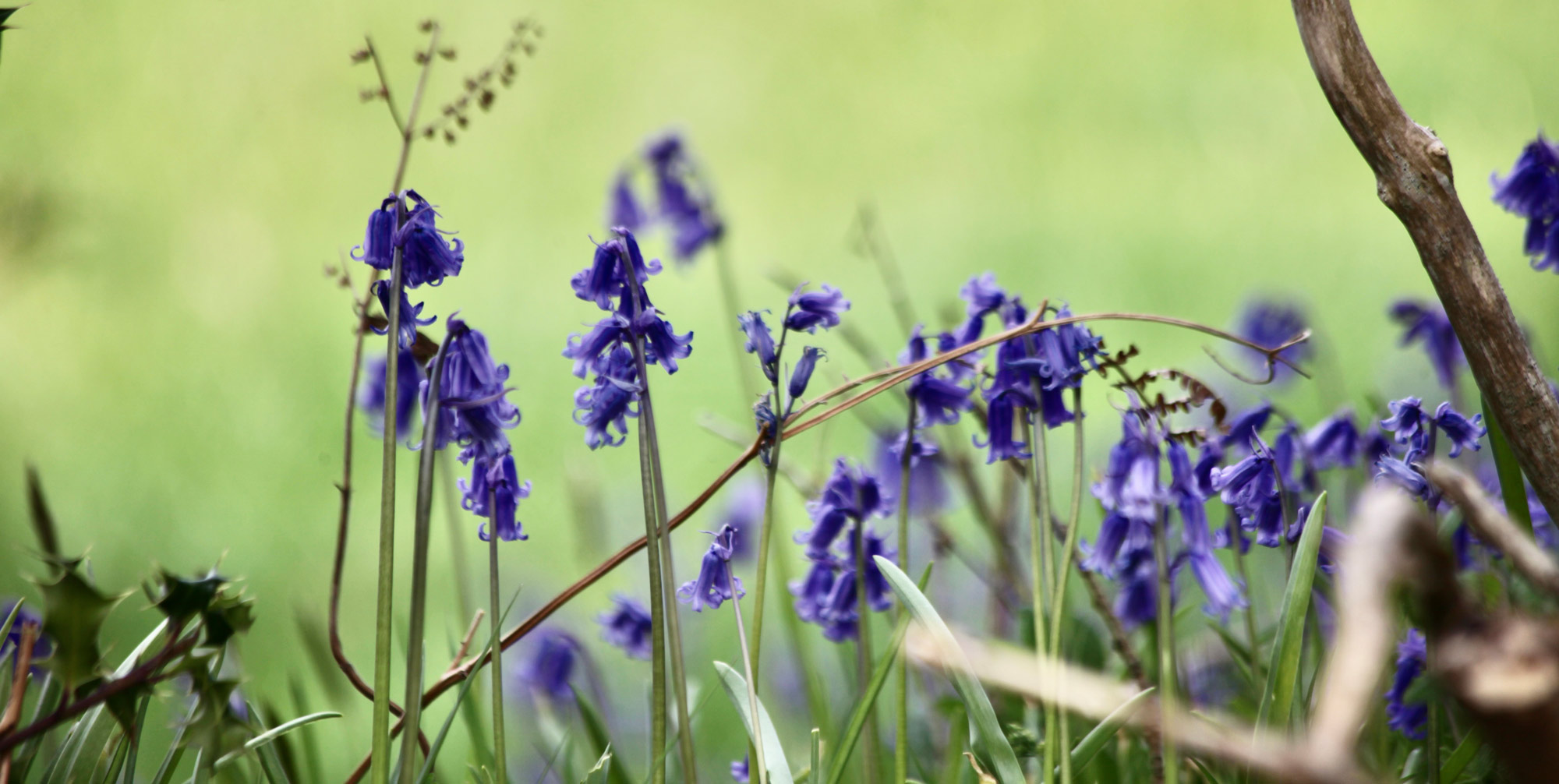
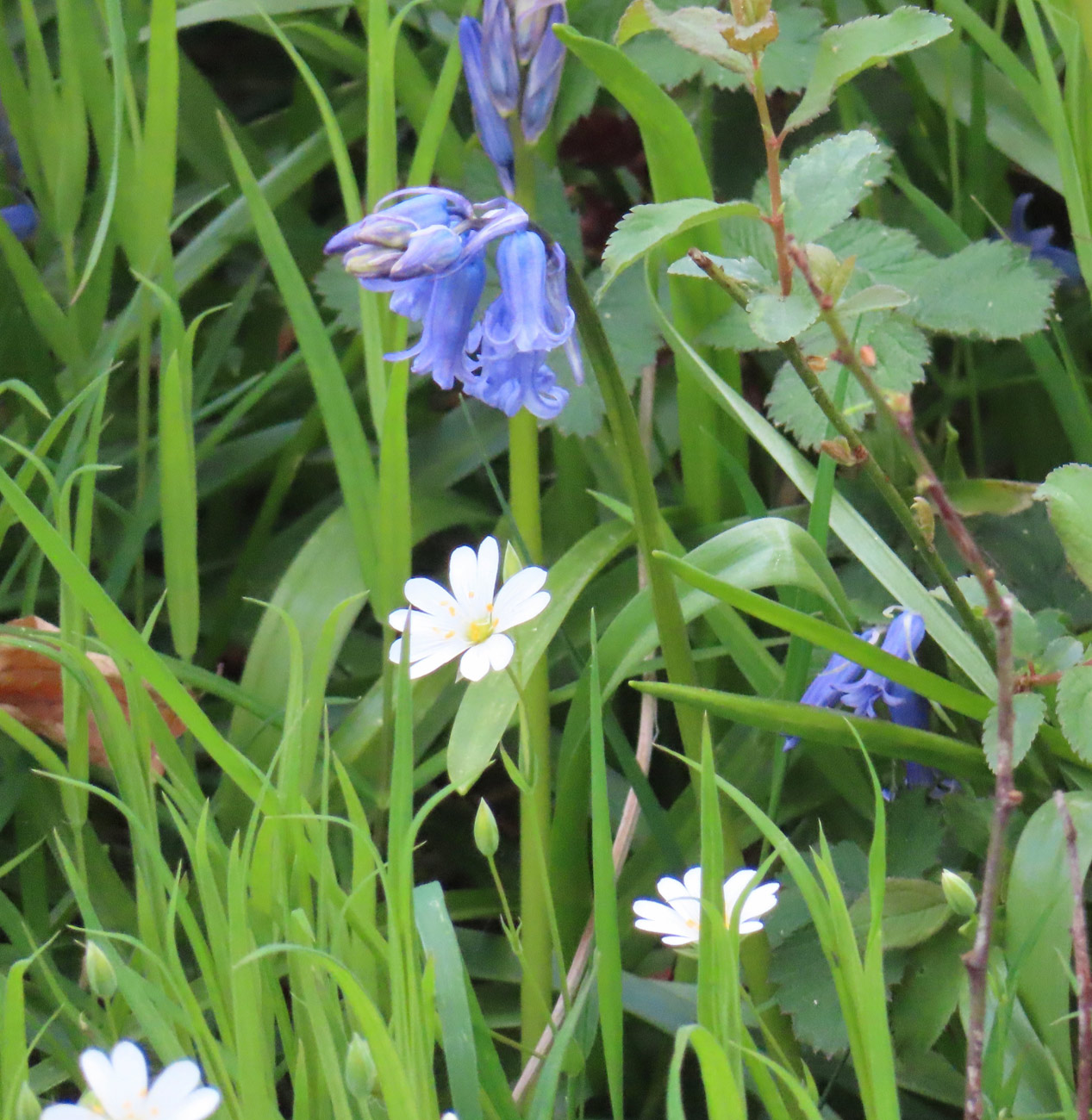
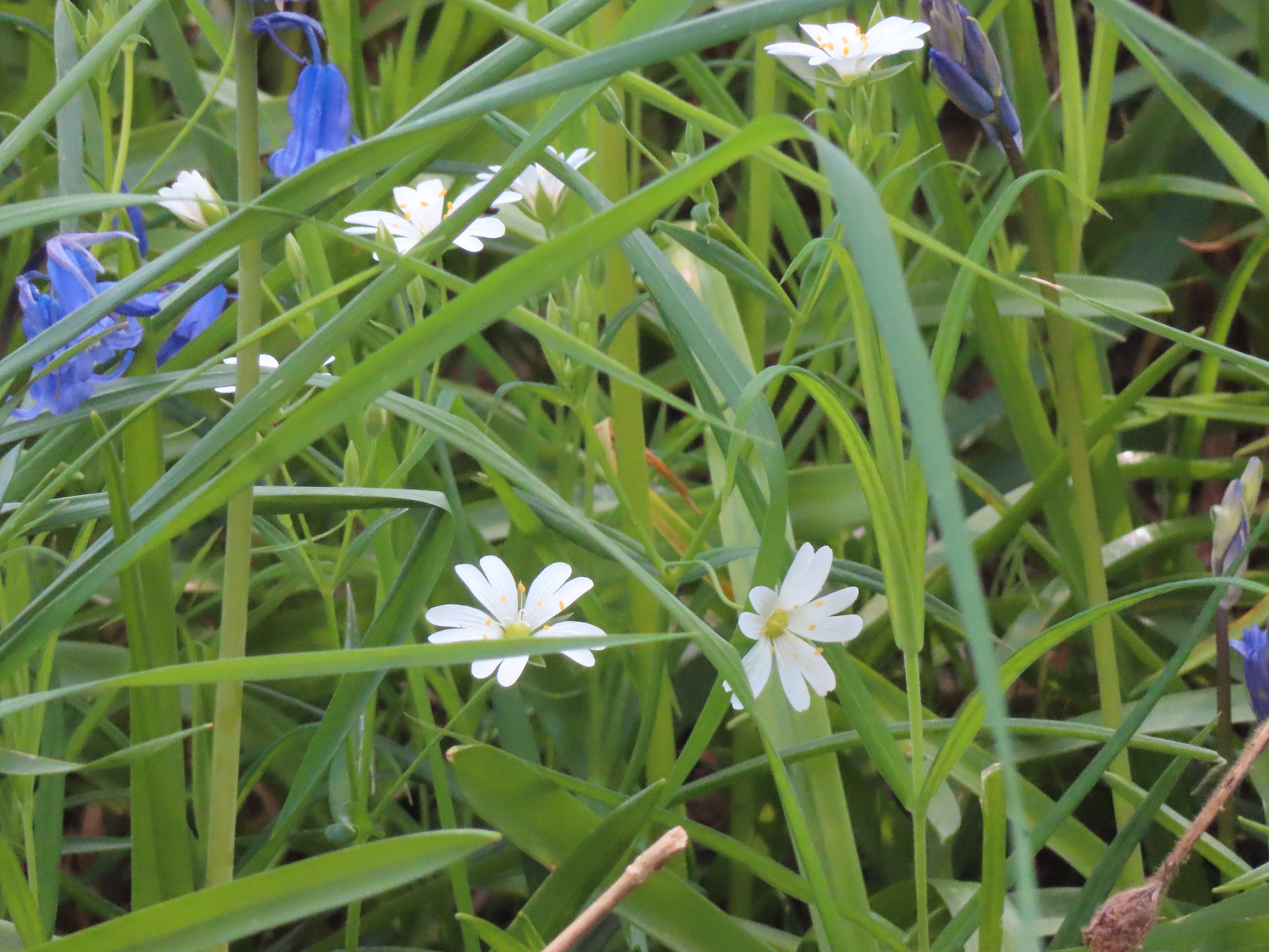
Banks and verges are now adorned, in addition to the bluebells, with white stitchworts, and yellow celandines and dandelions.

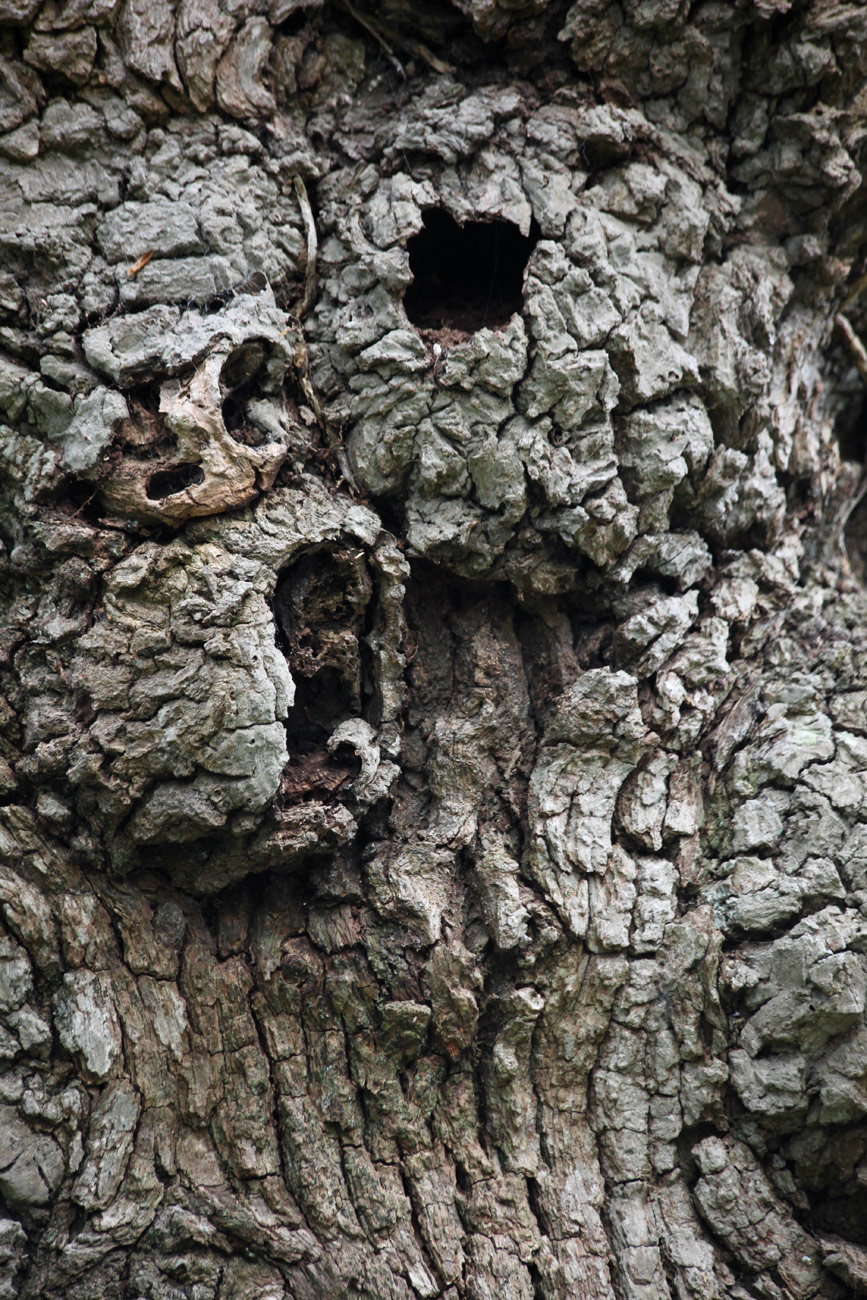
Jackie and and I saw differing images in the gnarled bark of an aged oak.
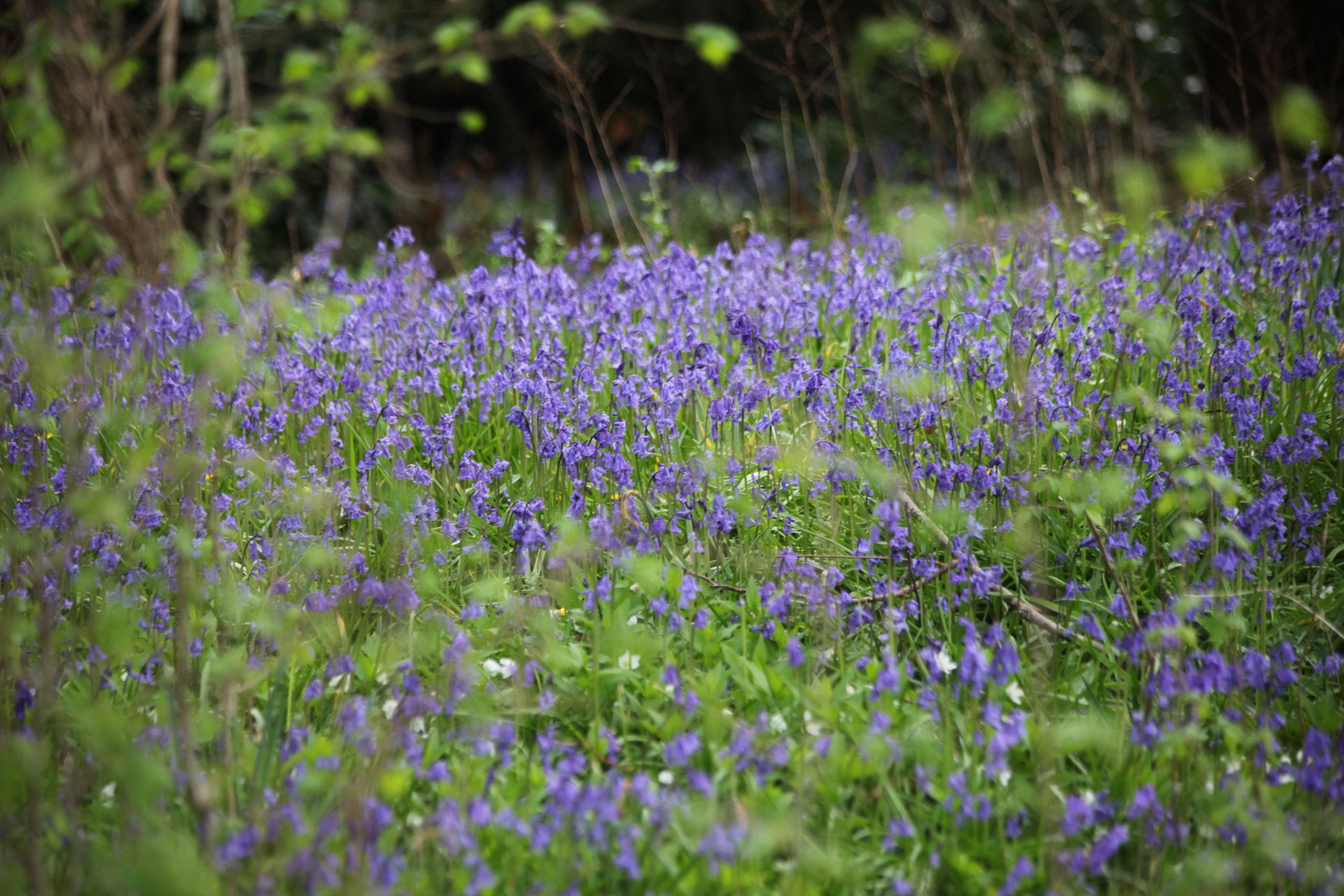
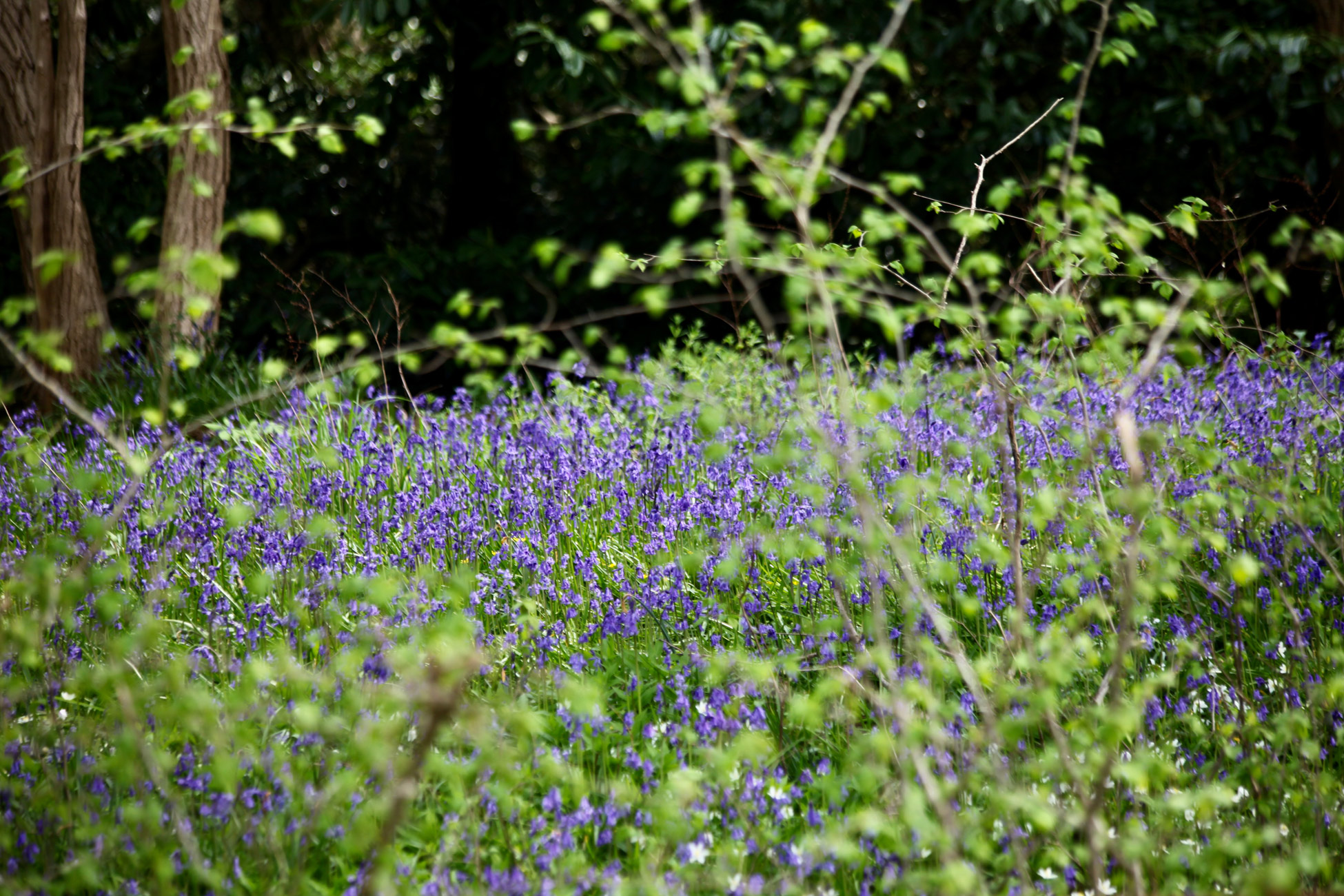
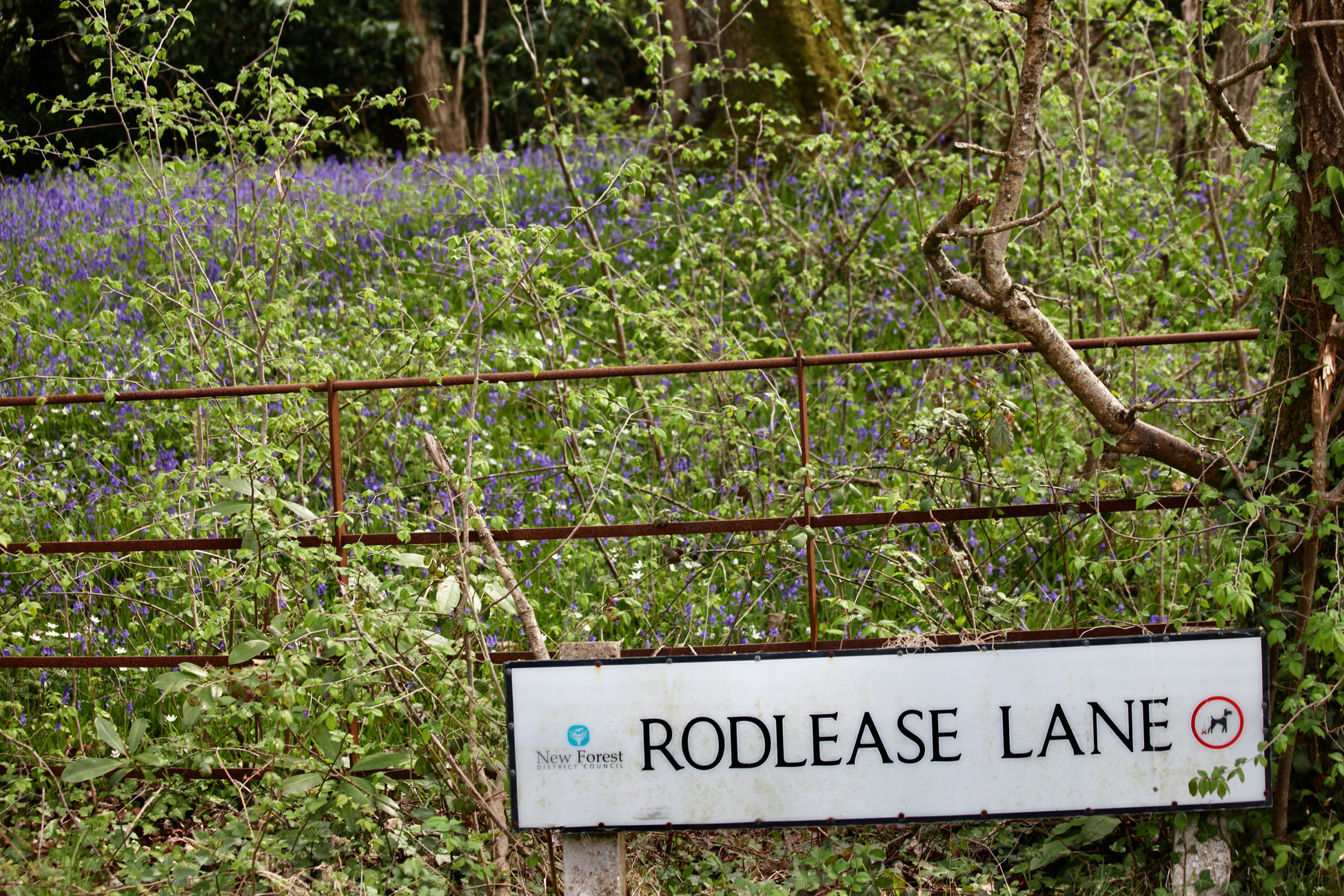
Rodlease Lane forms a T-junction with this first ancient thoroughfare, and also hosts this native variety of the blue flowers. When taking these pictures I was careful not to disturb

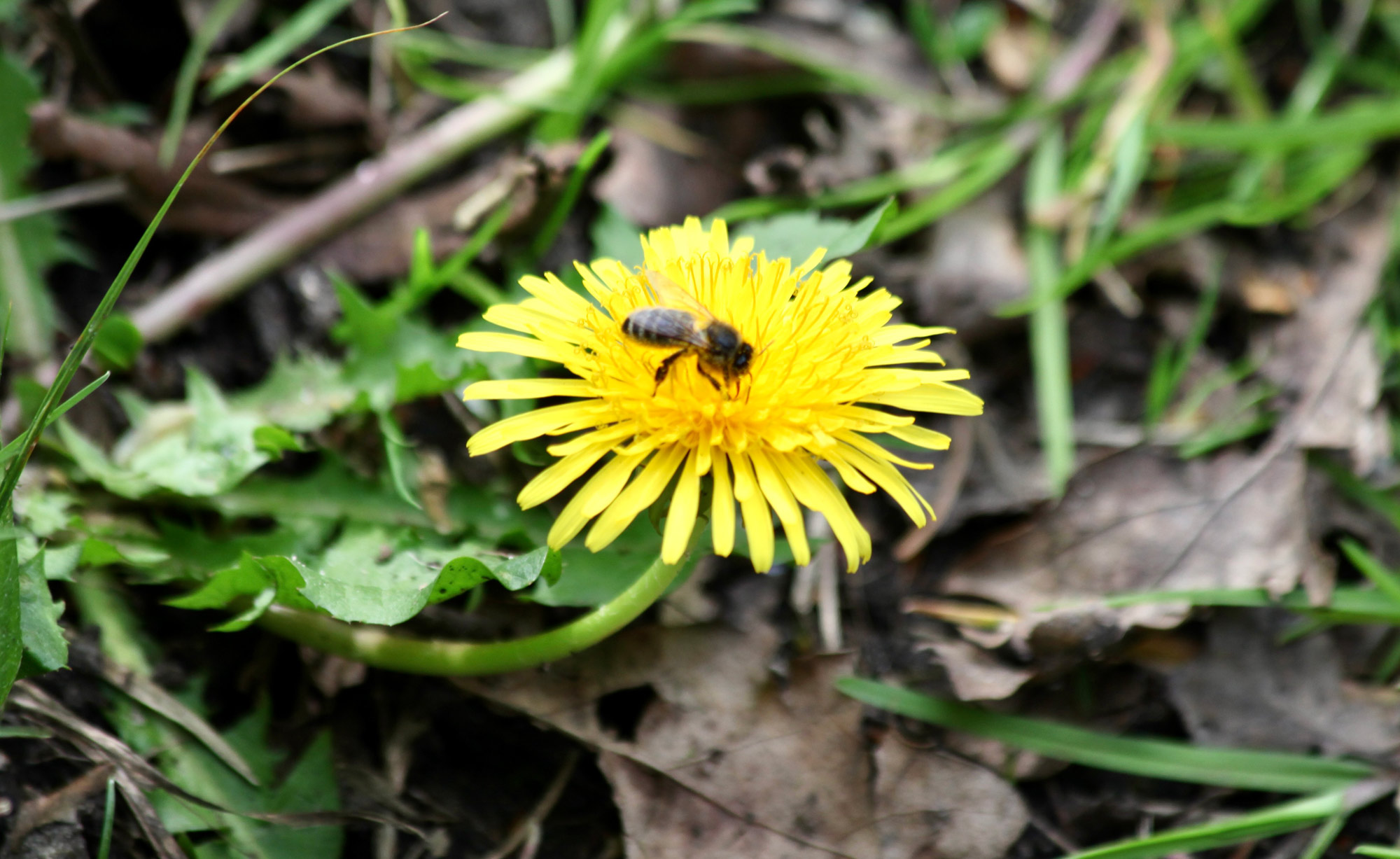
a bee pollinating a dandelion.
The reason we regularly visit this little area is because it continues to be populated by our own native plants as here
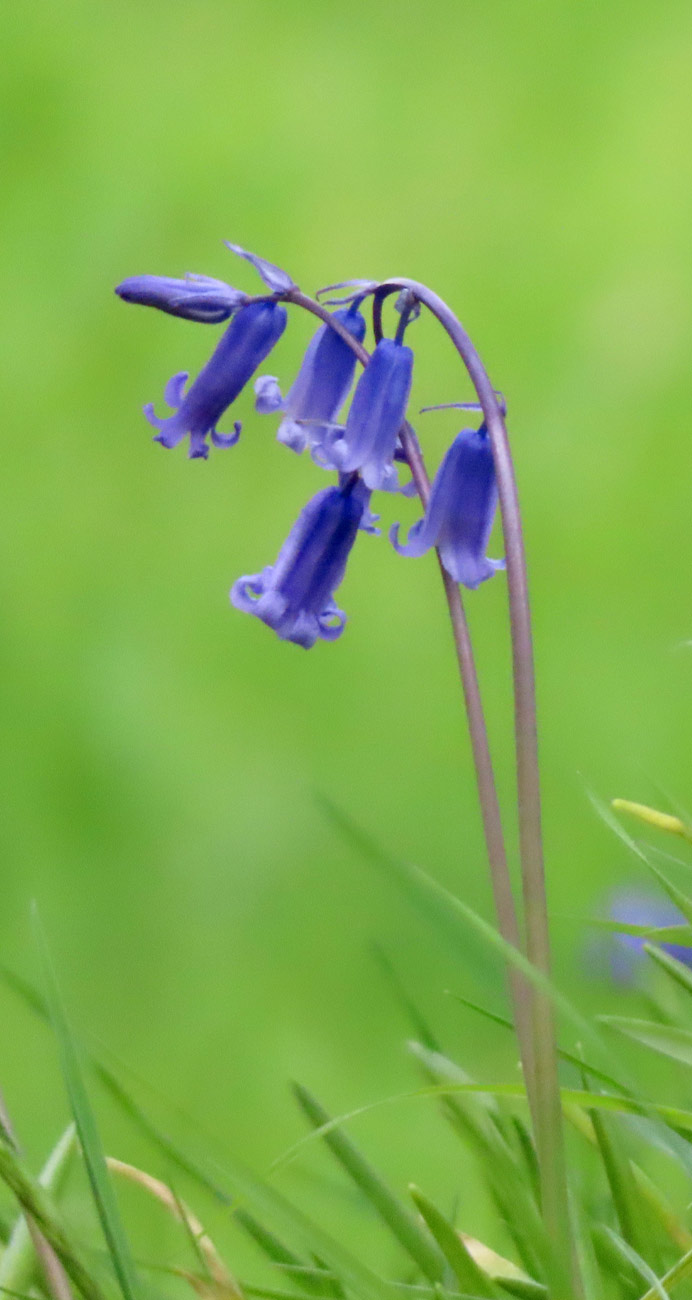
photographed and described by Jackie. The long, slender stems bear dark blue bells bending down one side. The leaves are long and narrow.
The Spanish variety is an invasive plant having largely replaced our home grown examples. To illustrate the difference our Head Gardener

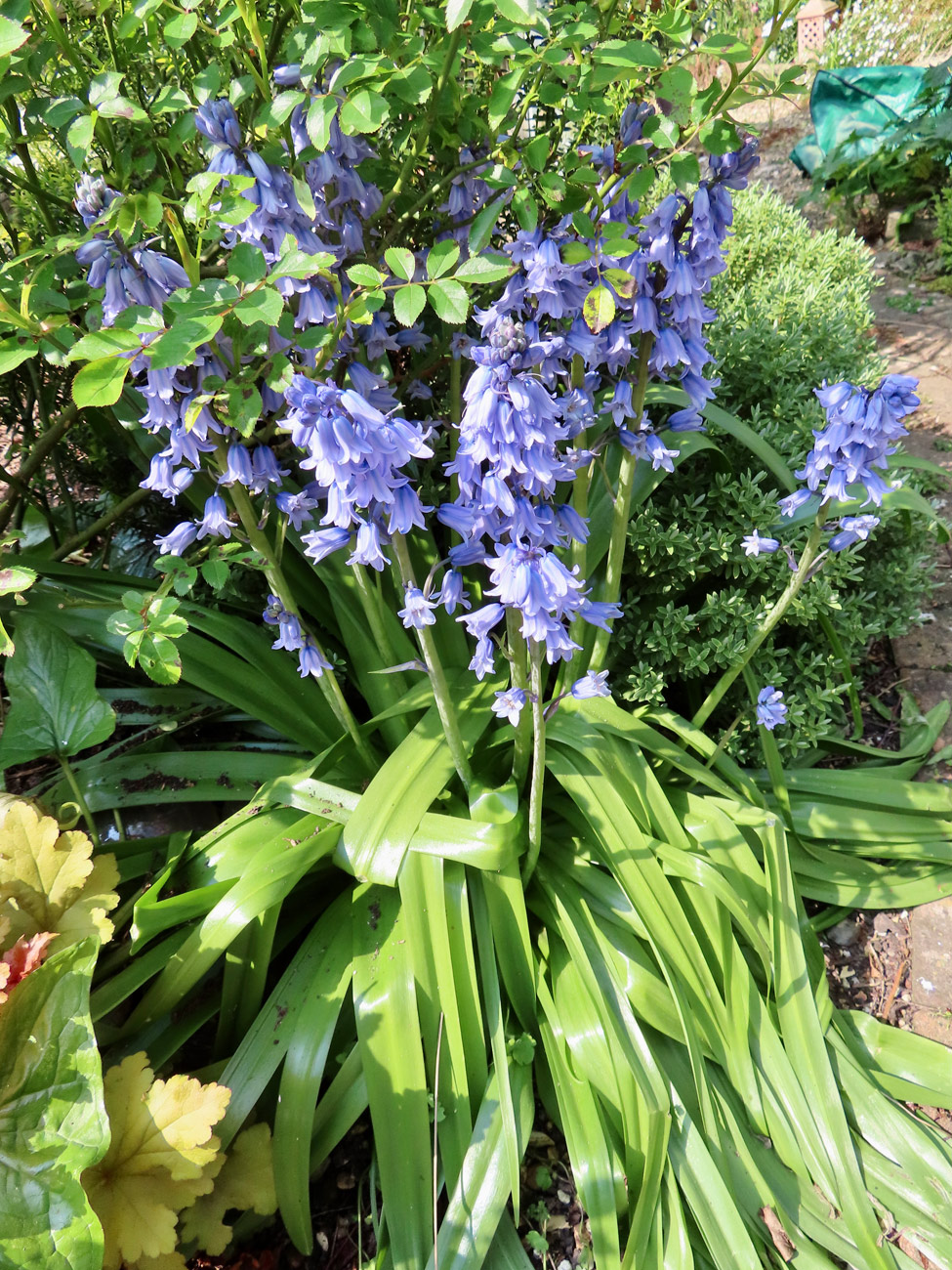
photographed these interlopers when we arrived home. They are larger, more upright, plants with clusters of blooms all round the stems which rise from larger strap-like leaves.

I photographed these hybrids in our front garden. Their bells do hang down, but cluster all round the top of their stems. They also have larger leaves than our natives, none of which, sadly, are to be found on our plot.
This evening I dined on spicy pasta arrabbiata while the ladies enjoyed the chilli free version with Bolognese sauce. We had planned on Louisa, Errol, Jessica, and Imogen coming for Easter, but Covid put a stop to that, so tonight we all had the same Easter pasta in the shapes of chickens, eggs, and bunnies. Jackie drank Hoegaarden and I finished the Shiraz.
The hybrids are often nicer than the originals, but they had science working for them.
Great shots!
Thanks a lot, GP
It’s easy to compliment talent.
No one expects the Spanish Invasion…
Thanks a lot, Geoff
Love the blue bells, whatever the hybrid. I’m always fascinated by the gnarled bark of old trees like your photo of an aged oak. So many stories to tell of resilience.
Thank you very much, Rosaliene
Spring is getting very springy there, great! ❤️🇬🇧☺️
Thanks very much, John
The native variety are so beautiful in your photos
Thanks very much, Sheree
Those fields of bluebells are so beautiful in their own subtle way.
Thank you very much, John
Invasive flora and fauna are an international problem. Sometimes the solution provoked an even worse situation. 😥
Beautiful pictures.
Thanks very much, Pat
True, Pat. Thanks very much
I love all the bluebells, particuarly the close-up.
Thanks very much from us both, Liz
Stunning shots from you and Jackie. Thank you for the information and photos of the native and cultivated bluebells. I like the long, slender stems in the native.
Thanks very much from us both, Merril
You’re both welcome. 😊
Gorgeous shots! I love the bluebells. Thanks for sharing, Derrick!
Much appreciated, Jill
I love English bluebells. Brings back happy memories.
I’m pleased to rekindle those, Sherry. Thanks very much
The bluebells are enchanting! I see profile of a tightlipped face in the first bark photo. Looks like someone is singing in the second one.
Thanks very much, JoAnna. I’m pleased you saw the faces. We couldn’t agree on them 🙂
On studying your photos of the imported Bluebells, I can understand why you prefer the native variety of Bluebells Derrick ..
Thanks very much, Ivor
Wowsah, Jackie’s picture is a beauty. And after studying the bluebells, I think I can tell the difference.
Thanks very much from us both, Laurie. I may be able to remember it now 🙂
I remember reading somewhere that Spanish bluebells had invaded your land, so I suspected they might be the subject of your post. I did a bit more reading about them, and was amused to see that, just like our bluebonnets, they also can appear white or pink, even without the hand of a plant breeder being involved. Clearly, there’s something in the genetics of blue flowers that allows for the variations, but I’m not enough of a scientist to have figured it out. I am pleased that you were able to enjoy “the real thing,” and to share it with us — it’s a beautiful plant.
Thank you so much, Linda. I thought of you when writing this post and picturing Jackie’s elegant close up
Those hedges and the gnarled oak look as ancient as the planet. The Spanish bluebells seem to be flourishing in abundance at the cost of the native variety. With the passage of time, many species have travelled or been transferred to distant lands and established themselves aggressively. Of late there has been an awakening to preserve the local varieties and it is commendable.
Thank you very much, Uma. The invasions are similar the world over.
Thank you for taking readers along on your annual pilgrimage, Derrick and Jackie, that was a beautiful drive!
The question of invasive species is a difficult one. We have many here from European settlers bringing a bit of their homeland with them. Scotch Broom is one we have here. Very beautiful, but very invasive.
https://www.nps.gov/articles/scotch-broom.htm
Much appreciated, Lavinia. Thank you for that interesting link.
Spanish Invasion immediately brought bluebells to mind for my late English aunt used to complain of the proliferation of the Spanish variety. Your post helps me to recall one of the first times I visited her when she took me on long walks near Dorchester and I saw bluebells growing in the wild for the first time.
I’m very pleased to have conjured up that memory, Anne. Thank you so much
My English “mother” always told me her firstborn was conceived just post-war in a field of bluebells, but I don’t think her Conquistador was Spanish.
Nice one, Gwen. Thanks very much
Beautiful photos, Jackie and Derrick!
Love the bark-faces! Love the bluebells!
That first photo of Church Lane is so lovely! The trees are being a sheltering canopy to everyone who travels down the lane!
(((HUGS))) 🙂
Thank you so much from us both, Carolyn X
Wonderful Derrick, Nothing quite beats the wonder of seeing a blue-bell wood..
Spectacular images…. really enjoyed.. I have some bluebells about to bloom in my back garden.. One of my favourite flowers.. <3
Thank you very much, Sue X
Beautiful photos and an interesting contrast with the delicate bluebells and the gnarly bark of the aged oak. Life’s full circle in nature.
Thank you so much, Eugi
You’re welcome, Derrick.
Thank you for the beautiful photos of the bluebells in detail.
Much appreciated, Byung
My pleasure, Derrick
The bluebells are gorgeous!
Thanks very much Aletta
I am sorry that your Easter plans fell through. Your drive to Boldre’s was lovely!
Thank you very much, AnneMarie
Lovely captures. Such variety.
Thanks very much, Rupali
Absolutely gorgeous! And those bluebells, just beautiful 🥰🥰
Thank you so much, Ribana
Your native bluebells look exactly like the Russian ones, Derrick. The first photo could illustrate any of Sir Walter Scott’s novels.
Thank you very much, Dolly
You are very welcome, Derrick.
I didn’t know there was a Spanish bluebell, Derrick. I hope it doesn’t take over.
It is quite invasive, Robbie. Thanks very much
We have similar problems with foreign plants here and they cause huge problems in the agricultural industry.